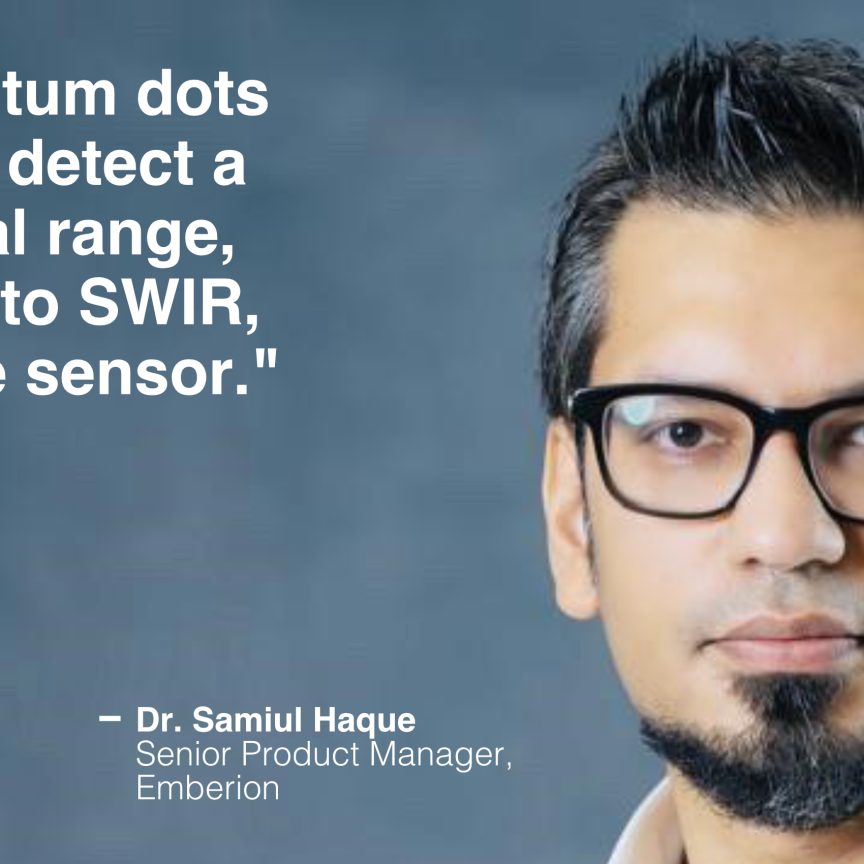A newly developed machine-learning-based microwave ghost imaging technique has been presented at SPIE Photonex, currently underway in Glasgow, Scotland.
The technique, which makes use of a metasurface in place of a spatial light modulator, and a dipole antenna in place of a bucket detector, generates diverse microwave patterns to improve image reconstruction, enabling better image quality and faster processing time.
Unlike traditional imaging techniques, ghost imaging is a non-local imaging technique that does not involve scanning. Since ghost imaging uses a single detector at a fixed location, measurements are taken under various random or pseudo-random illuminations to recover the image. Moving from the optical frequency regime to the microwave regime, the accurate measurement of such a random field becomes more complicated because there are no devices such as a Charge Coupled Device (CCD) cameras operating at the microwave wavelength.
In the new work presented at SPIE Photonex, researchers generated pseudo-random field patterns using a reconfigurable metasurface, while a single detector was used at a fixed location to measure the reflection from the target. Reconfigurability plays a fundamental role in ghost imaging. A microstrip line-fed metasurface was formed by unit cells of size 2.564 × 1 mm2, which were tuned by a pair of PIN diodes. By activating these diodes in forward or reverse bias, different field patterns were generated. A receiver was placed in the centre of the aperture and the resonance frequency was set to 40GHz.
To recover the image, the researchers presented a machine-learning approach. A neural network was trained using a synthetic dataset obtained from ANSYS High Frequency Structure Simulator (HFSS) simulations to learn the second-order correlation between the incident field patterns and the measured scattered fields at the detector in order to recover the target image.
The technique was presented by Samaneh Moeini, of the Microwave Electronics Lab at the University of Kassel's Department of Electrical Engineering and Computer Science. Moeini and her colleagues developed the technique by training feed-forward artificial neural networks, with six layers, to find the relation between incident fields and received scattered fields and cylinder positions, admitting it was often a task of trial and error deciding the number of layers to employ to achieve satisfactory results.
At the conference, which is taking place over the next three days alongside the SPIE Photonex Exhibition (which will be attended by HRH The Princess Royal), delegates applauded the progress made with the new microwave ghost imaging technique, which achieved 90% position accuracy on an object line, as well as tolerances of 0.3mm when tested.
"An important aspect of our work is to generate synthetic data using the analytical formulation of the reflected field from the cylinder in Matlab," Moeini told Electro Optics. "We simulate the scattered field from the reconfigurable metasurface in the absence of the object, in this case a thin cylinder, and then calculate analytically the received field at the detector. The data for training is the combination of data from HFSS simulations and Matlab calculations. This semi-analytical approach results in faster data generation for network training."


